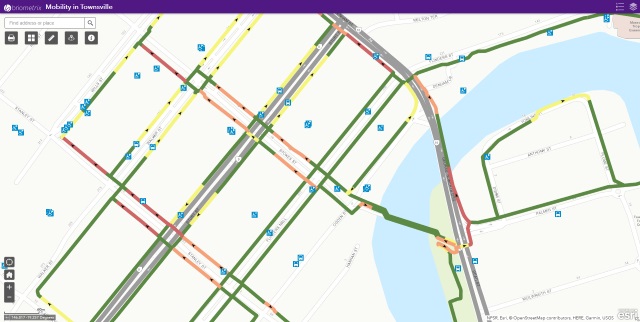Population of Townsville
Insights about our community demographics go deeper than a single population number. Learn about how many people live and work in Townsville, what the average age of a Townsville resident is, their average income, how many have recently arrived and from where, and which languages other than English are spoken in homes across Townsville.

Population
204,541
as of the 30th June 2024
Source: ABS 3218.0 Regional Population Growth, Australia

Population Growth Rate
1.6%
From 2023 to 2024
Source: ABS 3218.0 Regional Population Growth, Australia

Population Projections
264,899
persons by 2046, 1.2% increase per year
Source: Queensland Government Population Projections, 2023
Employment (Unemployment Rate)
5.3%
as at June 2025 Quarter
Learn moreSource: Small Area Labour Markets Australia
An economist will tell you the pulse of a city can be taken by the unemployment rate. See for yourself how Townsville is responding to growth with new job creation and look into the current employment figures
Townsville Median Rent
$500
September 2025 Quarter (3 bedroom house)
Source: Residential Tenancies Authority, Rental Bonds data
National Cities Performance Framework Dashboard
Townsville is the location of Australia’s first City Deal, a 15 year commitment between the Commonwealth of Australia, the State of Queensland and the Townsville City Council to deliver transformative outcomes for Townsville and its residents.
Community Response and Recovery
Community Safety
Inclusive and Liveable City
Mobility in Townsville Map

Your Community
Providing a snapshot of your community through key performance indicators for Townsville.